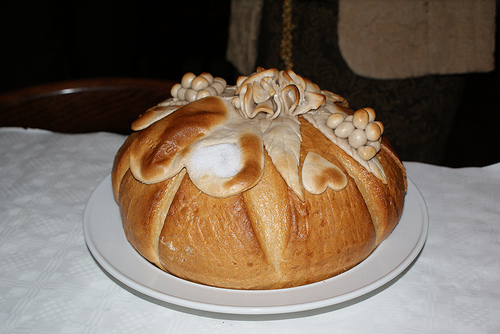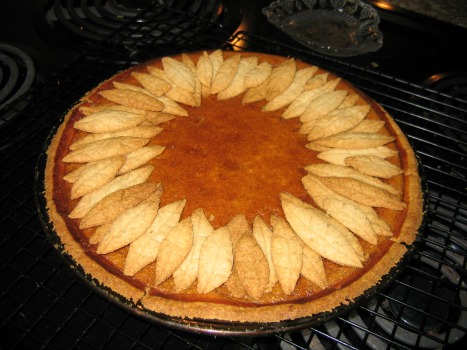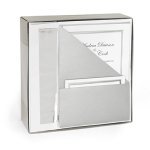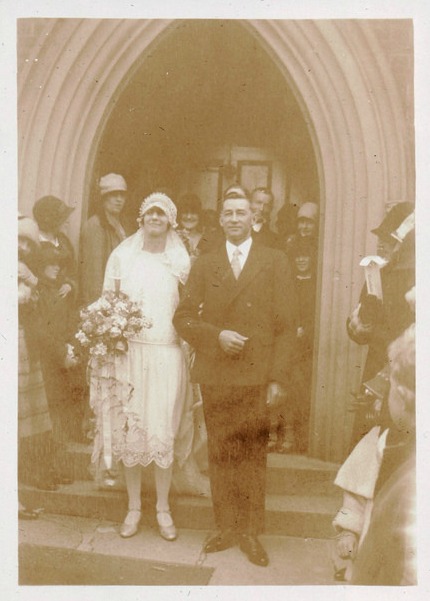History Of The Wedding Cake
Find The Original cheap Wedding Cake
Exploring the history of the wedding cake is an interesting way to find alternative cheap wedding cake ideas.
As you’re planning your wedding you’re probably also trying to decide on a specific type of wedding cake to have at your reception. This is an important decision at this stage because your cake is going to be the center piece of the reception. With so many tastes and styles to consider, you might not have much time to wonder about the history of your wedding cake, but exploring the twists and turns of what made this multi-tiered confectionery delight such an important symbol of your special day can be very interesting.
The Earliest Wedding Cakes
The first wedding cakes weren’t cakes at all. Instead, they were loaves of bread. Like modern cakes, the loaf was made specifically for weddings during the age of the Roman Empire more than 1,000 years ago. But the loaf wasn’t served to the wedding guests. Instead, the loaf was broken over the bride’s head. Different historians claim this act was done for several reasons. Some believe the breaking of the bread symbolized the bride’s loss of virginity on the wedding night while others claim the breaking was meant to bring the couple good fortune and fertility in their years together.
During Medieval times in England, another wedding tradition started that led towards our modern history of the wedding cake. Guests would pile up sweet buns on a table in front of the couple at their equivalent of a wedding reception. Then all of the guests would hold their breath in anticipation as the couple leaned over the pile to try to kiss. If they were successful, the wedding was considered blessed with good fortune. No one wants to talk about what was thought about the future for those couple’s who were unsuccessful.
Photo by TigsB
Bread plays an important part in many International weddings today. The bread represents the hope the parents have that their children will never be hungry. It is served with salt which is a reminder that not everything will be easy and that they need to learn how to overcome difficulties together.
With the bread looking this gorgeous it is surprising that it is not at every wedding!
The Time Of Wedding Pie
The history of the wedding cake also includes a pie. For around 150 years – a period starting around 1650 through the early 1800’s – bride’s pie was a popular dish at the weddings of the wealthy and important. Not all of these pies were the sweet treats we think of today as “pie.” Instead, most were meat pies. Inside each of the pies was baked a glass ring. When the guests consumed the pie, the woman who found the ring in her helping was supposed to be the next one who would be tying the knot. You can think of it as the old equivalent to tossing the bouquet.
If cake is not your thing, your own wedding pie would make a great alternative.
First Wedding Cakes
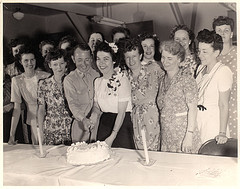
During the end of the 1800’s, the bride’s pie was replaced with a cake. These weren’t very glamorous creations by modern standards. Most were plum cakes decorated in simple white icing with little fanfare. They were only single-tiered. Initially, these cakes – like the bride’s pies – were only being used at the weddings for the wealthy and noble families.
These cakes played an important role in the history of the wedding cake because they also created the idea that all wedding cakes should be white. For decades, this belief persisted. The idea stated in the Victoria era when the wedding cakes really began to boom and even started appearing at the ceremonies of middle class families who wanted to keep up with the rich and famous.
The Victorians believed the white of the cake symbolized the bride’s purity. Having a cake of any other color was considered bad luck for the couple. However, early white wedding cakes didn’t symbolize anything. They were made that way for simplicity reasons. The expensive refined sugar needed for the white icing on these cakes also made them a sign of prosperity – an important symbol for the Victorians.
Wedding Cakes Today
Multi-tiered wedding cakes, as you might imagine, were even more costly than the single-tiered items found in most Victorian weddings. These were originally only going to be found in the weddings of English royal family members. Eventually that changed and the more layers were added to the cakes of regular folks, too.
In more recent years, the superstitions about a white wedding cake have also disappeared. You can find cakes in all types of colors and flavors, although white ones are still the most popular for most weddings.
Hopefully, this look at the history of the wedding cake helped you see why you’re now shopping for a deliciously decadent cake instead of having to brush crumbs out of your hair during the reception. It also shows that you don't have to have an expensive wedding cake.
As an Amazon Associate I earn from qualifying purchases.
Other links on this site may lead to other companies that I'm associated with and this is how I can keep this site going and save you money on your wedding.
